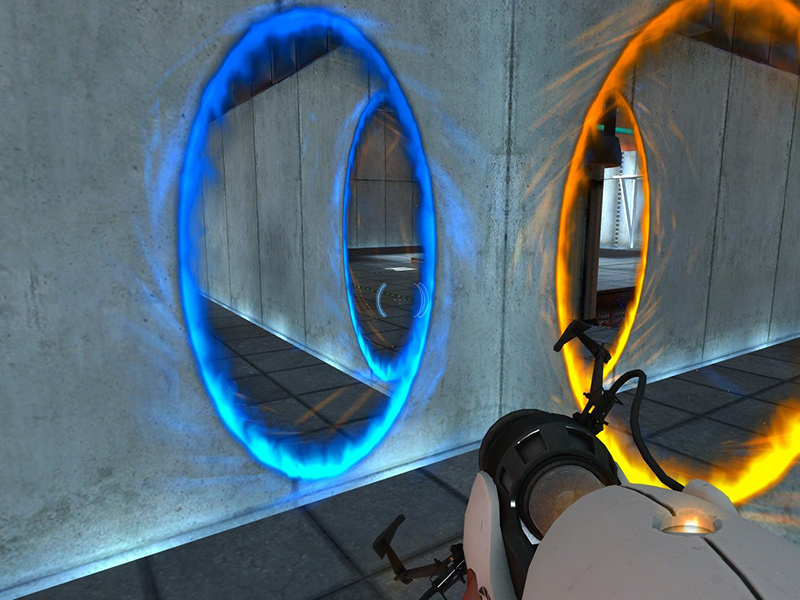| Artistic depiction of the multiverse Image Source: goo.gl/OSt2q |
Think back to a time when you wished you could have done
something differently. Now what would you do if I told you that it already has
happened and you are already living your life with the consequences of that new
decision?
Enter the theory of a multiverse, the idea that the universe
we live in is not the only one that exists. In fact an infinite amount of
universes could exist, we just can’t see them. Why can’t we see them? Our
universe is about 13.7 billion years old. This means that the observable
universe only extends as far as light has traveled in that time (13.7 billion
light years) so anything beyond that, we can’t see. If there really are and infinite
amount of universes out there, something interesting happens.
There are 10^10^70 different possible
states that every molecule in your body can be in. This means that if you could
travel to a universe 10^10^70 universes away, you
would find a doppelgänger, and exact
replica of yourself doing exactly what you are doing. What this also means is
that within those 10^10^70 universes, there are also slightly different
versions of you. Perhaps in one universe you forgot to take out the trash this
morning, or maybe you are a dog in another one.
If an infinite amount of universes exist, that would mean
that an infinite amount of exact versions of us exist! Now all you have to do
is go find them so you can make them do your work for you. Want to learn more
about the multiverse? Visit space.com. 10^10^70 is a very big number, want to see why it is
actually very small? Here is a video that explains it.


